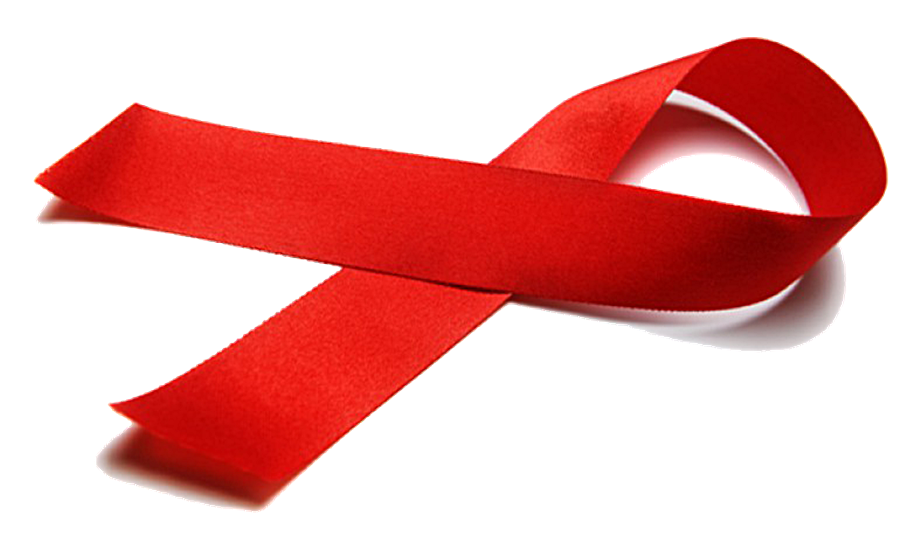The AIDS Epidemic (2 of 4): Activism and Marginalization – Voices Left Out
Author: Lillian Guo
Subject: History
Topic: Integrated
Grade Levels: High School: 11th Grade
Overview:
This is Part 2 of the 4-part AIDS Epidemic lesson plan. It can be used as a standalone.
This lesson seeks to highlight the ways that people of color and women were marginalized within AIDS activism and AIDS federal research programs.
Time: 50 minutes
Lesson Plan Resources:
The Women Who Fought AIDS: ‘It Was Never Not Our Battle’
Black Women and the AIDS Crisis
How AIDS activism changed America
United in Anger: A History of ACT UP – Trailer
Lesson Objectives:
- Learn about activist efforts made to bring the AIDS crisis into the American public’s consciousness.
- Examine how activism can operate to reproduce inequalities by excluding marginalized groups.
- Analyze how exclusion of marginalized groups in AIDS activism still has consequences today.
Essential Questions:
- During the AIDS crisis, of those that did get attention, who were they? Were there any traits that they shared?
- Who else was affected by the crisis but was not as prominent in the discussion?
- How is the public informed about these kinds of issues? Who makes the decision on who gets seen and heard?
- What prompted communities to respond to the crisis? What factors led to a response versus a dismissal? Do these factors provide a particular narrative? If so, who does the narrative serve?
Standards:
HSS 11.11: Students analyze the major social problems and domestic policy issues in contemporary American society.
HISTORY FRAMEWORK: CH 16 P 427: [Reagan] supported a stronger government that would outlaw abortion and appealed to social conservatives seeking to promote heterosexual marriage, to oppose ratification of the Equal Rights Amendment, to support faith-based cultural advocacy, to champion individual accomplishment, and to oppose many safety-net programs. He also vowed to expand the military and the Cold War. These three areas led to the resurgence of the Republican Party under Reagan as he restructured the scope of the federal government.
HISTORY FRAMEWORK: CH 16 P 431: In what ways have issues such as education; civil rights for people of color, immigrants, and lesbian, gay, bisexual, and transgender (LGBT) Americans, and disabled Americans; economic policy; recognition of economic, social and cultural rights; the environment; and the status of women remained unchanged over time? In what ways have they changed?
The growth of the LGBT rights movement, for example, led to the pioneering role of gay politicians such as Elaine Noble, who was elected to the Massachusetts House of Representatives in 1974, and Harvey Milk, elected in 1977 to the San Francisco Board of Supervisors.
Vocabulary:
ACT UP: ACT UP: Acronym for AIDS Coalition to Unleash Power. A non-partisan organization established in 1987 to bring attention to the AIDS epidemic through radical, non-violent protest.
Activism: The policy or action of using vigorous campaigning to bring about political or social change.
Intersectionality: Coined by Kimberlé Crenshaw in 1989, intersectionality refers to an analytical framework that views people through the interaction of their social identities (including gender, race, sexual orientation, socioeconomic class, etc.) resulting in a unique lived social experience of oppression and privilege, as opposed to an additive model of oppression that views people as the sum of their social identities.
Marginalize: To treat a group, person, concept as insignificant or peripheral.
Teacher Background:
The teacher is encouraged to watch AIDS crisis documentaries such as United in Anger: The History of ACT UP in order to fully understand the intensity of the topic. Teacher must arrange a field trip tour of the National AIDS Memorial.
Materials:
- Internet-connected computer
Instructions:
Introduction (10 minutes)
- Take several minutes to review Part I of the lessons; ask student volunteers to speak about what they remember learning in the first lesson plan.
- Have students watch the trailer for United In Anger: A History of ACT UP .
- Ask students: Can activism produced marginalization?
Main Activity (30 minutes)
- Count off students by threes, and ask each group to read excerpts from one of three articles available in resource section below. (Ex. 1’s read one excerpt, 2’s another, and 3’s a third)
- Provide students with about 15 minutes to read and annotate their article.
- Have students form groups of three; there should be one person who read each article in every group. Have students share out what they learned from their article about who the AIDS crisis affected.
Conclusion (10 minutes)
- Have each group share what their group talked about; main themes, connections, personal experience, quotes they found interesting, anything is valid.
Relevant Resources:
Crimp, Douglas. “Before Occupy: How AIDS Activists Seized Control of the FDA in 1988.” The Atlantic, Atlantic Media Company, 10 Dec. 2011, www.theatlantic.com/health/archive/2011/12/before-occupy-how-aids-activists-seized-control-of-the-fda-in-1988/249302/.
Levy, Genelle. “For Black and Latino Men, AIDS Is Still a Crisis.” Them., Them., 1 Dec. 2017, www.them.us/story/for-black-and-latino-men-aids-is-still-a-crisis.
O’hehir, Andrew. “How AIDS activism changed America” salon. Salon Media Group. 22 September, 2012, https://www.salon.com/2012/09/22/how_aids_activism_changed_america/
St. Jean, Martha. “Black Women and the AIDS Crisis” HuffPost. Huffpost News. 23 May 2009, https://www.huffingtonpost.com/martha-st-jean/black-women-and-the-aids_b_189635.html
Wyne, Zaahira. “The Women Who Fought AIDS: ‘It Was Never Not Our Battle’” Vice., Vice., 28 Aug. 2015, https://broadly.vice.com/en_us/article/mbqjqp/the-women-who-fought-aids-it-was-never-not-our-battle
Author Information
Lillian Guo is an undergrad student studying Learning Sciences at Northwestern University in Evanston, IL, and is a Summer 2018 Education intern at Our Family Coalition in San Francisco, CA.

